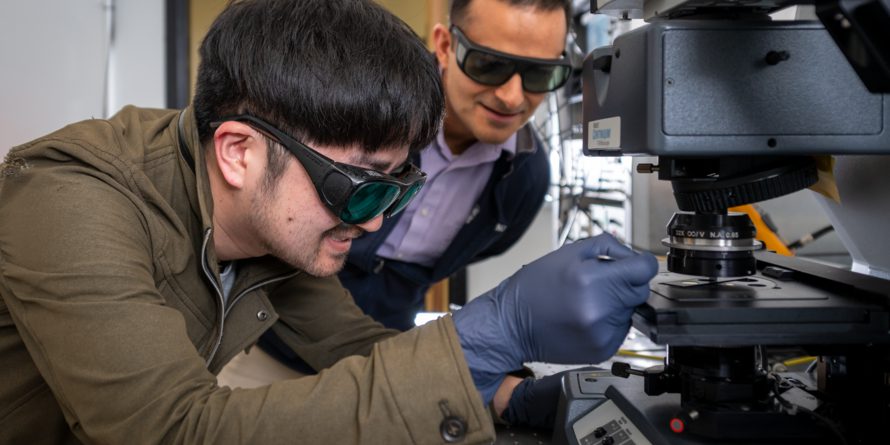Energy-efficient LEDs (light-emitting diodes) have begun to replace many types of lighting both indoor and outdoor. A key reason for the rise of LEDs has been materials research that greatly improved the quality and intensity of light achievable with these devices. But those materials must be handled with very high levels of precision, including surfaces that are as defect-free as possible.
“They’re more efficient and last longer,” said Lawrence Berkeley National Laboratory (Berkeley Lab) Senior Faculty Scientist Ali Javey, of the materials that comprise today’s LED devices, “but to get good efficiencies, you really have to treat the [material] surfaces to perfection – you have to watch and control the surface chemistry and even then, you still have some light losses.” Javey is also a professor of electrical engineering and computer sciences at the University of California, Berkeley.
Javey and his team said their recent research on black phosphorus (BP) – a material of interest for its electronic properties – reveals a tantalizing capability for light emission at the BP surface.


